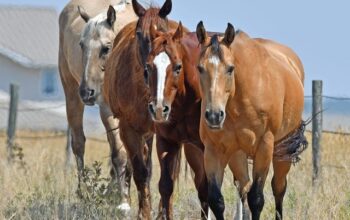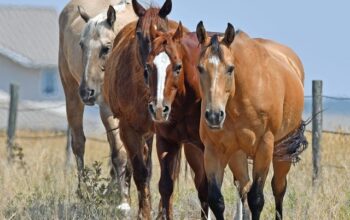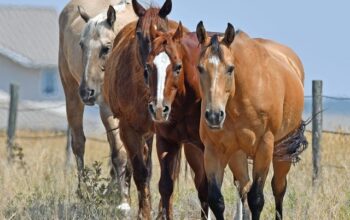Fencing for farms is a critical component for managing livestock, protecting crops, and enhancing landscape aesthetics. Farmers should consider various fence types tailored to cost, maintenance, and climate, while navigating local zoning regulations to ensure compliance and avoid delays. Legal considerations and permit requirements vary by region, dictating structural changes, material choices, and placement. Balancing functionality and aesthetics with durable materials, strategic placement, and regular inspections ensures effective farm fencing that meets both practical and regulatory needs.
Fencing is an essential aspect of farming, offering protection and defining property boundaries. From retaining livestock to enhancing security, understanding the types and purposes of farm fencing is crucial. This article explores the intricate relationship between fencing, farm laws, and zoning regulations, guiding you through the process of installing fences while adhering to local guidelines. Discover best practices tailored to agricultural settings, ensuring your farming operations are both compliant and productive. Learn about navigating the legal aspects, including permits, to implement effective fencing solutions for your farm.
- Understanding Farm Fencing: Types and Purposes
- Navigating Local Zoning Regulations for Farming
- Legal Considerations and Permits for Fence Installation
- Best Practices for Fences in Agricultural Settings
Understanding Farm Fencing: Types and Purposes
Navigating Local Zoning Regulations for Farming
Navigating local zoning regulations is a critical step for farmers, especially when considering new fencing structures. These rules vary across regions and can significantly impact how you organize your farm. For instance, many areas have specific guidelines on fence materials, heights, and placements, particularly in agricultural zones. Understanding these regulations early ensures your fencing for farms complies with local laws, avoiding potential fines or construction delays.
Fencing plays a vital role in farm management, offering solutions to contain livestock, mark property boundaries, and enhance overall efficiency. Farmers must stay informed about zoning permits required for installing or altering fences, especially when dealing with rural-urban interfaces where agricultural and residential areas blend. By adhering to these local rules, farmers can create functional and aesthetically pleasing landscapes that support their operations while maintaining harmonious relations with neighbors and the community.
Legal Considerations and Permits for Fence Installation
When considering fencing for farms, understanding the legal considerations and permit requirements is paramount. Different regions have varying regulations regarding fence construction, especially in agricultural settings. Farmers must adhere to local zoning laws and obtain necessary permits before installing fences on their properties. These regulations often aim to maintain rural aesthetics, protect natural resources, and ensure the safety of both farm operations and neighboring areas.
Fencing projects may require approvals from local authorities, such as county or municipal governments. Permits are typically needed for structural changes, including fence posts, rails, and wire configurations. Farmers should also be aware of set-back requirements, which dictate the distance fences must be from property lines, roads, and water bodies. Additionally, some regions have specific guidelines for fence materials and designs to preserve the local landscape and ecosystem.
Best Practices for Fences in Agricultural Settings
When it comes to fencing for farms, best practices involve a blend of functionality and aesthetic considerations. Farmers should opt for durable materials like high-quality steel or vinyl that can withstand harsh weather conditions and potential livestock impact. A well-designed fence should also incorporate adequate height and strength to keep animals contained while allowing for proper air circulation and visibility.
In agricultural settings, fencing serves not just to delineate property boundaries but also to protect crops and livestock. Therefore, strategic placement is key. Fences should be positioned to maximize natural barriers like hills or water bodies, reduce wind impact, and minimize the need for extensive maintenance. Regular inspections and repairs are essential to ensure the fence remains effective, especially during changing seasons.
Fencing plays a vital role in the successful management of farmlands, providing both structural support and essential boundaries. By understanding different fencing types and their purposes, farmers can make informed decisions when navigating local zoning regulations and securing necessary permits. Adhering to best practices ensures fences stand the test of time while enhancing the overall efficiency and productivity of agricultural operations. Investing in robust fencing for farms is a strategic move that supports sustainable farming practices and promotes harmonious coexistence with surrounding communities.




